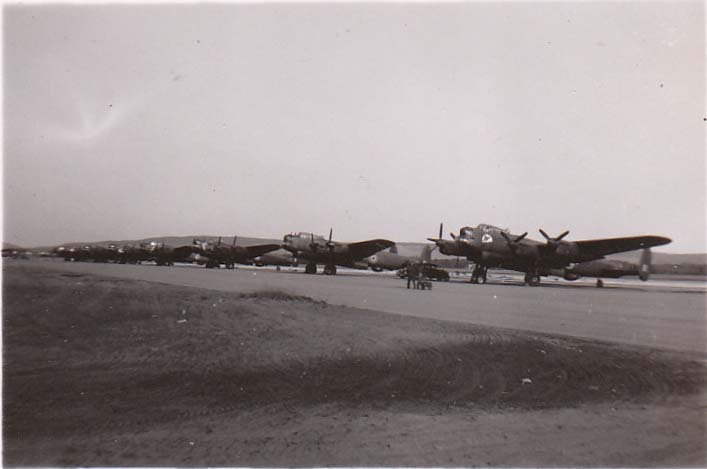With the war in Europe over the allies man power was aimed at the war in the Pacific. At the 1944 Qubec Conference Churchill set forward an idea of providing 500 to 1000 heavy bombers to the effort. Roosevelt accepted the offer. At this time the plan had been an invasion of the Japanese home islands, estimates of the casuilities during the invasion were astronomical and the manpower needed was for an army larger then ever seen before anywhere. Up until now the US forces had made up the largest contingent of forces in the actions in the Pacific theater, Britian, Austraila and NewZealand had also been substantially involved in all three areas of the war but the US units in the Pacific were enormous
October 20th saw the first steps of the code named “Tiger Force” put into place. The RCAF was to be responsible for one whole bomber Group, the RAF was to make up the second Group with a third group made up of RAF, RAAF, RNZAF and SAAF. It wasn’t purely an RCAF show the Army and Navy were also putting into effect units to go the Pacific.
The first plans called for 22 squadron’s to fill the three bomber groups, as well as two fighter squadrons for escort duty. Later planning brought the number down to just ten bomber squadrons into two groups one RCAF and the other RAF which was again lowered to eight squadrons. The aircraft were to be the Lancaster, the newer Lincolns and the B-24 Liberator. A new paint scheme was implemented, aircraft would be white for the top surfaces and black on the bottom side.
Various reports had 419 squadron operating some of the experienced Lancaster X s from the European operations, reportedly KB722, KB748, KB783, KB839,KB841,KB851, KB854, KB857, KB860,KB881,KB892 along with a couple of serial number FM series Lancasters. (A second variation had 419 mentioned as to be flying the new Lincoln B II. ) Forming No.661 Wing along with their former base mates 428 squadron.
The members of 419 squadron some who had been on thirty day Leaves, received news of the squadrons disbandment after the surrender in Tokyo Bay. Most of the training had not even begun for the crews. A number of side projects were going on in the preparation for the new assignment. One of the most important was the experiments into mid-air refuelling of the Lancasters
The Lancasters for the most part were left in the Maritimes were the weather took a toll on them become they were moved to Alberta for storage. Later governments would find use for the Lanacsters in the Cold War days while others met the fate of the scrap yards.


